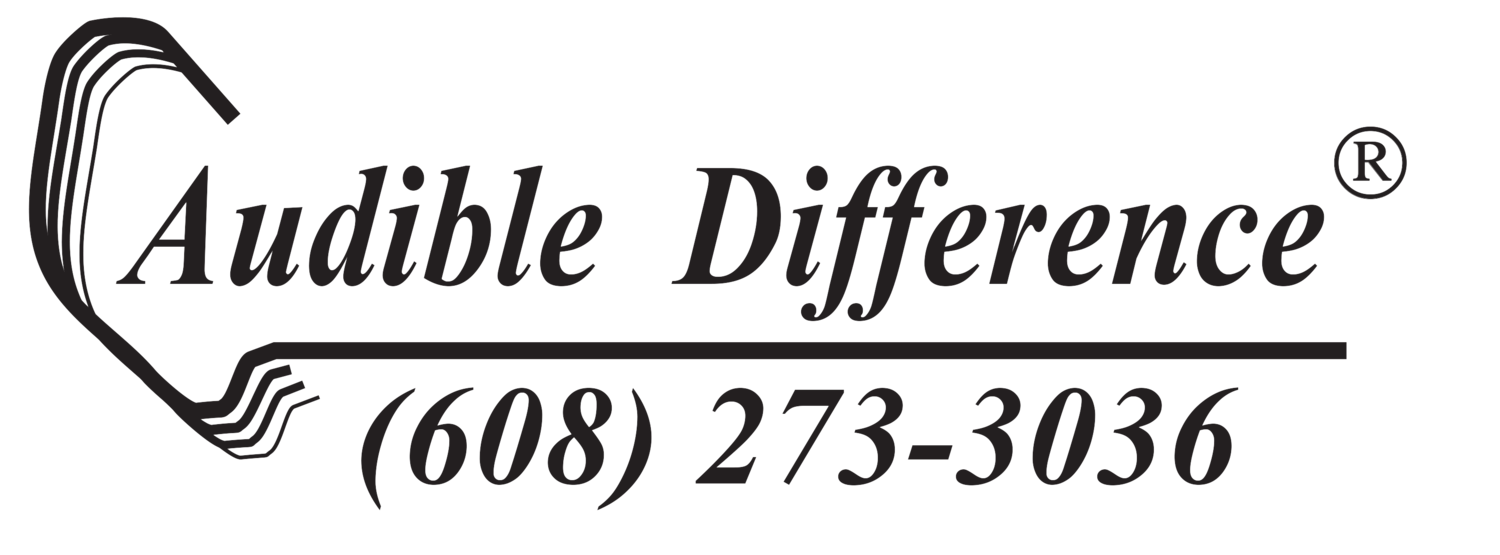
Hearing Assistive Devices
What are assistive devices?
Every day we use assistive technology to improve the quality and quantity of our communications. What is assistive technology? Assistive technology for those with hearing loss is any device other than hearing aids that facilitates communication. Examples would include wireless earphones, SmartPhones, telephone amplifiers, captioned telephones, fax machines, e-mail and voice recognition computer software.
Assistive Listening Devices can be used with or without your hearing aids, depending on the amount of hearing loss you have. If you are able to hear well without your hearing aids, you may just remove your hearing aids and use the headphones. If you are not able to hear well without your hearing aids, you may need to connect your hearing aids to the assistive device you want to use.
Personal Neckloops and Direct Audio Input adapters allow you to plug your hearing aids into the headphone jack of the Assistive Listening Device.
Share your success. Encourage others to use ALDs at movie theaters, churches, and auditoriums. Your success may help someone else. It is truly a wonderful feeling to know that you have helped someone.
Next steps
Step 1: Schedule an appointment to discuss your concerns. Matching the right type of assistive technology to your hearing needs is important to achieve success. Let your audiologist know where you would like to see improved communication, e.g. telephone communication. Ask to try or recommend devices that would work the best for your hearing loss and communication needs. Take advantage of their experience. It is cheaper than multiple catalog returns. This will save you hours of frustration.
Step 2: Try something new. Be very patient. The first device you try may not meet your needs. You may not like the way it sounds, or the way it looks. Trial and error is what brings success. Most places that sell assistive technology allow you to return a device that does not meet your needs.
Step 3: Practice using the recommended device in the situation of concern. Ensure that the device is properly connected to your hearing instrument or ear. This can make the difference between success and failure.
Types of Assistive Devices
Personal Sound Amplifiers
EarMachine app
for iPhone
This type of device may be used in lieu of a hearing aid to amplify sound at short range or may be used in combination with a hearing aid to improve hearing in difficult listening environments such as a car or restaurant.
Wireless Headphones
Personal or Large Area Hearing Enhancement
Sennheiser PLS100 Infrared
Just as eyeglasses and binoculars help you with different types of vision problems, hearing aids and assistive listening devices (ALDs) are intended to help with different types of hearing problems. Whether you use hearing aids or not, assistive listening devices bring sounds that are far away close to you so that you hear them as well as you would hear on the telephone. ALDs are found in theaters, churches, auditoriums, courtrooms, cars, homes, everywhere your ears go. They pick up the sound right from the source and deliver it to the ears of the listener. You can call the theater and find out how to access the wireless headphones or what accommodation they have for those with distance hearing need.
There are three types of ALD systems in common use :
Infrared
FM
Loop or Inductive
Talk with your audiologist about the best solution for your specific needs whether it is for your church or your living room.
Telephone Solutions
From amplified phones, to captioned telephones, to wireless Bluetooth for cell phones - there is a solution to ease your telephone communications.
Talk with your audiologist about the best solution for your specific needs.
Connecting wirelessly to your hearing instruments
Streamers for your hearing instruments wirelessly connect the audio from your cell phone, TV, radio or any device you want to hear.
Talk with your audiologist about the accessories for your hearing aids that will best meet your specific needs.




